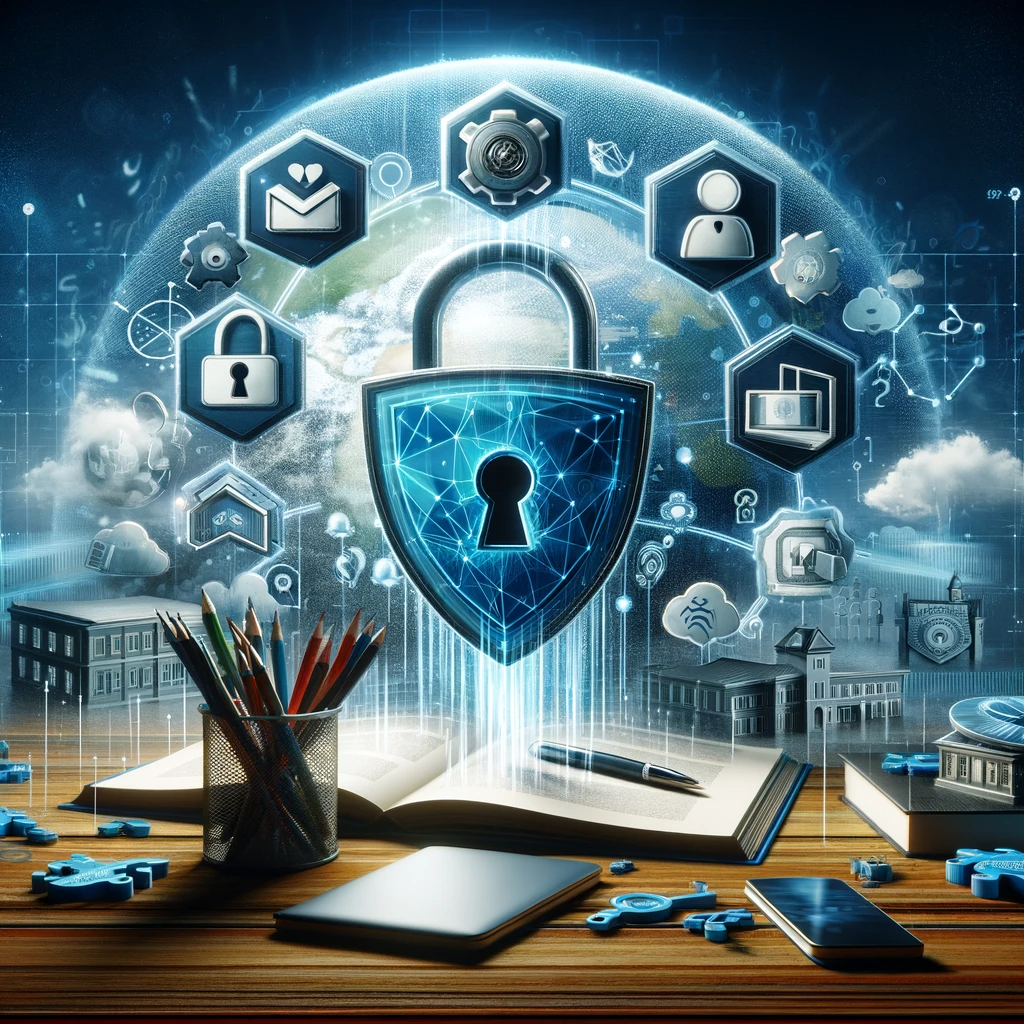
Cybersecurity Challenges in Remote Learning Environments
As the world embraces remote learning, the education sector faces new cybersecurity challenges. With the increasing reliance on digital platforms and online collaboration tools, educational institutions must prioritize the security of their remote learning environments. In this blog post, we will explore a specific aspect of cybersecurity challenges in remote learning environments – the vulnerability of student data and privacy.
Vulnerability of Student Data and Privacy
Remote learning involves the exchange of sensitive student information and data, such as personal details, academic records, and even financial information. This wealth of data makes educational institutions an attractive target for cybercriminals.
One of the main challenges is the secure transmission and storage of student data. Educational institutions must ensure that data is encrypted during transmission and stored securely to prevent unauthorized access. Additionally, they need to implement strong access controls and authentication mechanisms to protect against data breaches.
Phishing Attacks and Social Engineering
Phishing attacks and social engineering techniques pose significant threats in remote learning environments. Cybercriminals often impersonate legitimate institutions, teachers, or students to trick individuals into revealing sensitive information or clicking on malicious links.
Educational institutions should educate students, teachers, and staff about the dangers of phishing attacks and provide training on how to identify and report suspicious emails or messages. Implementing email filters and using multi-factor authentication can also help mitigate the risks associated with phishing attacks.
Insecure Home Networks
Remote learning relies heavily on home networks, which may lack the same level of security as educational institutions’ networks. Weak passwords, outdated router firmware, and unsecured Wi-Fi networks can expose students and teachers to cyber threats.
It is crucial for educational institutions to provide guidelines and best practices for securing home networks. This includes encouraging the use of strong passwords, regular firmware updates, and the use of virtual private networks (VPNs) to encrypt internet traffic.
Conclusion
Cybersecurity challenges in remote learning environments are complex and evolving. Educational institutions must prioritize the security of student data and privacy, educate their community about phishing attacks, and promote secure home network practices. By implementing robust cybersecurity measures, educational institutions can ensure a safe and secure remote learning experience for all.
Stay Connected with Secure Debug
Need expert advice or support from Secure Debug’s cybersecurity consulting and services? We’re here to help. For inquiries, assistance, or to learn more about our offerings, please visit our Contact Us page. Your security is our priority.
Join our professional network on LinkedIn to stay updated with the latest news, insights, and updates from Secure Debug. Follow us here.







